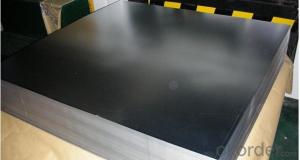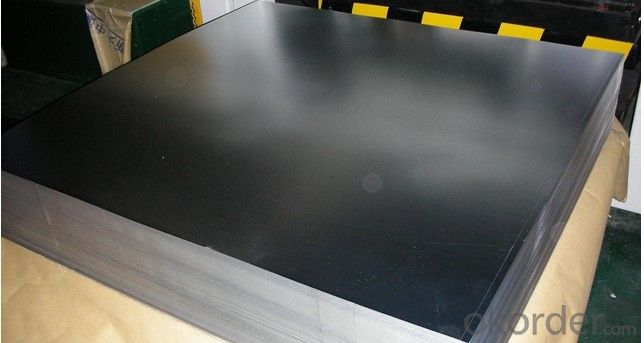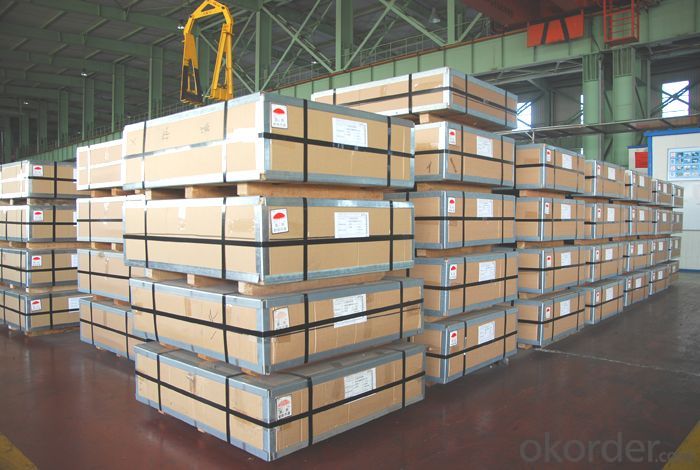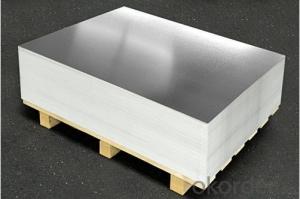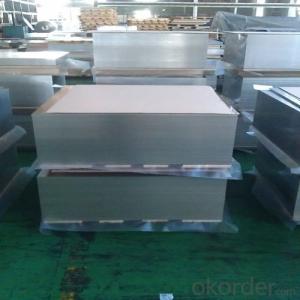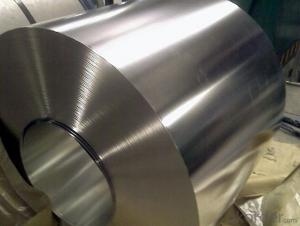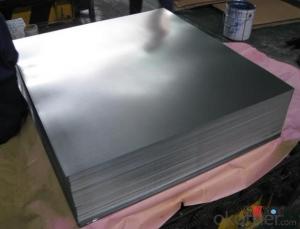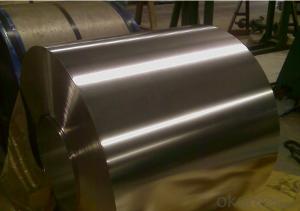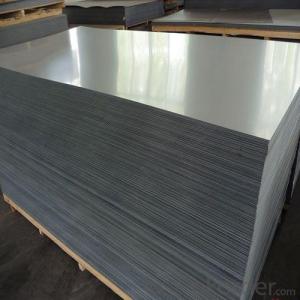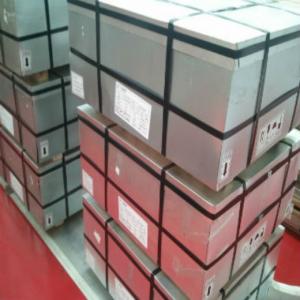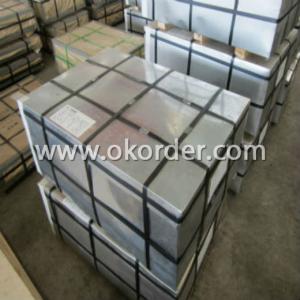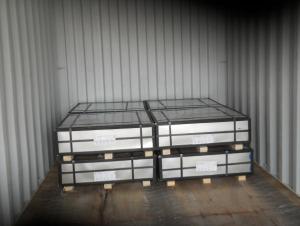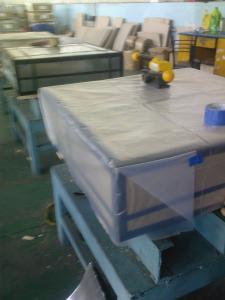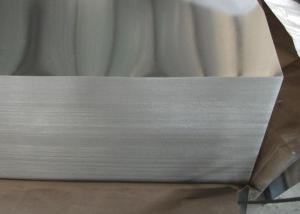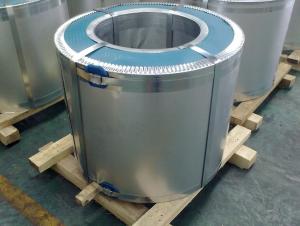Tin Plate / Electrolytic Tinplate / ETP for Tin Cans Containers
- Loading Port:
- Tianjin
- Payment Terms:
- TT OR LC
- Min Order Qty:
- 100 m.t.
- Supply Capability:
- 40000 m.t./month
OKorder Service Pledge
OKorder Financial Service
You Might Also Like
Specification
Structure of Tin Plate / Electrolytic Tinplate / ETP for Tin Cans Containers Description
| Steel Type | MR | ||
| Temper(BA&CA) | T1~T5, DR8, DR9 | ||
| Coating | 1.1~11.2g/m2 (Both Equal and Differential) | ||
| Thickness and tolerance | 0.15~0.50mm(Tolerance: _+0.01 mm) | ||
| Width & tolerance | 300~1000mm (Tolerance: 0~3mm) | ||
| Cut length & tolerance | 450~``50mm (Tolerance: 0~3mm ) | ||
| Coil inside diameter | 420/508mm | ||
| Coil Weight | 3~10 MT | ||
| Passivation | 311 | ||
| Oiling | DOS | ||
| Surface Finish | Bright, Stone, Silver, Matte | ||
| Packaging | Seaworthy Standard with wooden pallet | ||
| Standards Available | GB/T2520, JIS G3303, ASTM A623M & EN10202 | ||
| Special specitications are available on request. | |||
Tin Plate / Electrolytic Tinplate / ETP for Tin Cans Containers China
Tinplate can ensure food hygiene and minimize the possibility of corruption, effectively
prevent the danger to health, but also in line with modern convenience in tinplate packaging
of canned food diet, rapid demand, tea packaging, coffee packaging, health careproduct
packaging, candy wrappers, cigarette packaging, gift packaging, food packaging containers
are preferred.As well as other miscellaneous cans of the oils and fats cans, chemicals
cans, beverage cans, spray cans, and and so on on.
Tin Plate / Electrolytic Tinplate / ETP for Tin Cans Containers Images
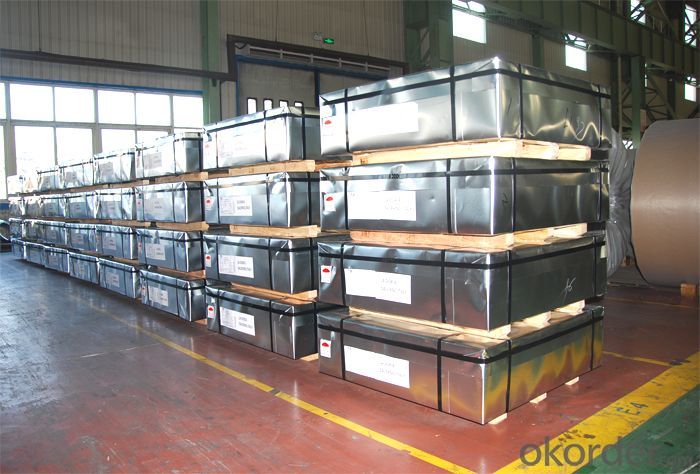
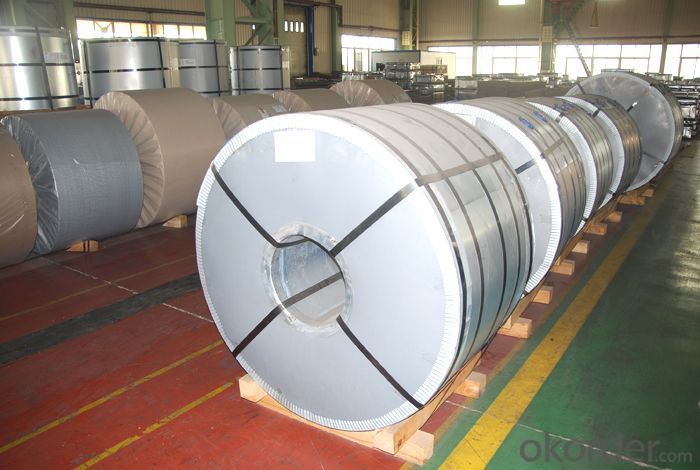
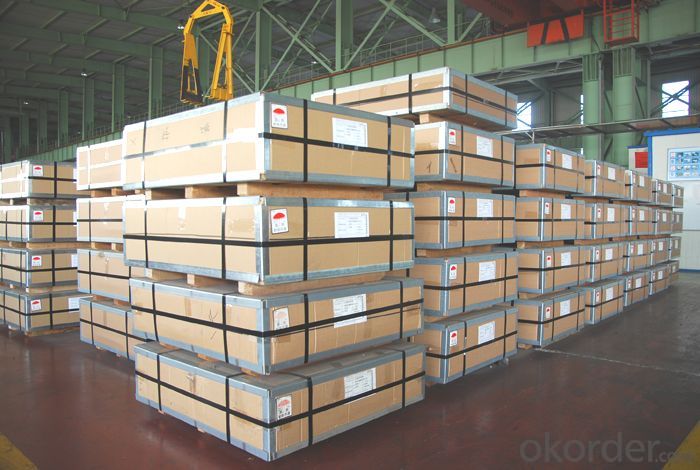
Tin Plate / Electrolytic Tinplate / ETP for Tin Cans Containers Specification
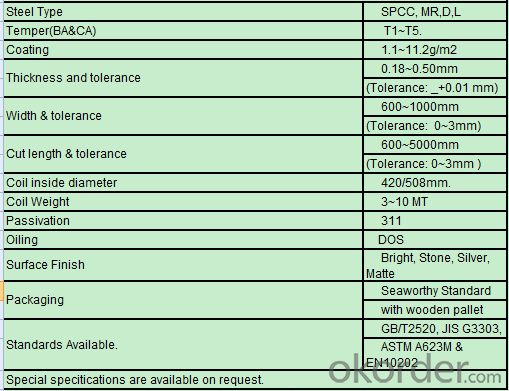
FAQ of Tin Plate / Electrolytic Tinplate / ETP for Tin Cans Containers
How long does it take to get the product if i place an order?
With the process of your requirements,we will pack and deliver in 3-7 days.If it is by sea shipment,it will take 15-45 days depending on different locations.
- Q: What are the common applications of tinplate?
- Tinplate is commonly used in various applications such as food packaging, beverage cans, aerosol containers, decorative items, and electrical components.
- Q: Can tinplate be used for packaging frozen food?
- Yes, tinplate can be used for packaging frozen food. Tinplate is a type of steel coated with a thin layer of tin, which provides excellent protection against moisture and oxygen. This makes it an ideal material for packaging frozen food as it helps to preserve the quality and freshness of the product. Additionally, tinplate is also resistant to extreme temperatures, ensuring the integrity of the packaging even in freezing conditions.
- Q: How is tinplate coated with tin?
- Tinplate is coated with tin through a process called electroplating, where a layer of tin is deposited onto the surface of the tinplate using an electric current.
- Q: How does tinplate packaging contribute to product convenience?
- Tinplate packaging contributes to product convenience by providing a durable and lightweight solution that is easy to handle and store. The tin coating on the packaging helps preserve the product's freshness and protect it from external elements, extending its shelf life. Additionally, tinplate packaging is easy to open and reseal, allowing for effortless access to the product and ensuring its convenience for consumers.
- Q: What are the main manufacturers of tinplate?
- The main manufacturers of tinplate include companies like ArcelorMittal, Tata Steel, Thyssenkrupp, Nippon Steel Corporation, and JFE Steel Corporation.
- Q: What are the different methods of reusing tinplate packaging?
- There are several methods of reusing tinplate packaging including repurposing them for storage purposes, using them as planters for indoor or outdoor plants, incorporating them into DIY craft projects, or donating them to charitable organizations that can find alternative uses for them.
- Q: Is tinplate affected by moisture or humidity?
- Yes, tinplate is affected by moisture and humidity. Moisture and high humidity levels can cause tinplate to corrode and rust over time. It is important to store and handle tinplate in dry conditions to prevent any potential damage.
- Q: Raw material for zinc clad sheet? Can zinc clad plate replace tinplate?
- Zinc is very active, outdoor corrosion is the surface after the formation of Zinc Oxide, do you dare to drink drinks containing Zinc Oxide, you see, you can replace the tinplate?
- Q: What are the limitations of using tinplate?
- One limitation of using tinplate is its susceptibility to corrosion. Tinplate can easily rust when exposed to moisture or acidic environments, making it less durable and suitable for long-term use. Additionally, tinplate is relatively heavy compared to other packaging materials, which can increase transportation costs. Lastly, tinplate is not as malleable as other metals, making it less flexible for certain manufacturing processes.
- Q: The composition of tinplate?
- Tinplate is a tin covered with tin, it is not easy to rust, also known as tin iron. This kind of galvanized steel in a long time Chinese called "tin", some people think that the tin plate cans was made from the Guangdong province of Macao (English Macao for tinplate imports, readable) so called "tin".
Send your message to us
Tin Plate / Electrolytic Tinplate / ETP for Tin Cans Containers
- Loading Port:
- Tianjin
- Payment Terms:
- TT OR LC
- Min Order Qty:
- 100 m.t.
- Supply Capability:
- 40000 m.t./month
OKorder Service Pledge
OKorder Financial Service
Similar products
Hot products
Hot Searches
Related keywords
